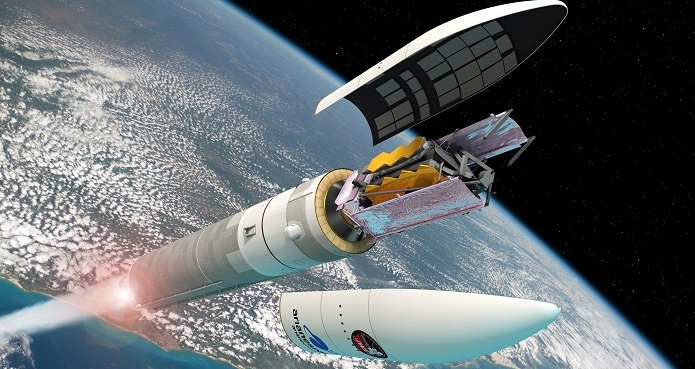James Webb Space Telescope reveals secrets of the Universe with Finns participating in research!

Professor Seppo Mattila from the University of Turku explains why the new James Webb Space Telescope is particularly interesting for astronomy and how Finns are involved in it.
The James Webb Space Telescope’s image precision and sensitivity in the infrared region make it an excellent instrument to observe and study the early universe and objects obscured by interstellar dust. The telescope’s resolution at near-infrared wavelengths corresponds to the accuracy of the Hubble Space Telescope at wavelengths of visible light. The exposures taken by the James Webb telescope will be the most precise and deep images in the infrared region until the 39-metre Extremely Large Telescope (ELT) of the European Southern Observatory (ESO) begins its operations towards the end of the decade.
According to Mattila, the Webb telescope may also enable the research of so-called Population III stars – the very first stars of the universe – by observing their explosions as supernovae. The telescope offers sufficient sensitivity in the infrared region and a sufficiently large field of view to enable the detection of such supernovae in deep exposures.
Finnish researchers participate in utilising Webb telescope observations
Professor Mattila from the University of Turku says: “I participated in writing several applications for observing time on the Webb telescope. There was an intense competition for observing times, especially for the early stages of the telescope’s operations. Three people from our research group will take part in a programme that was granted observing time on the Webb telescope. The purpose is to detect electromagnetic radiation that results when two so called neutron stars, that have formed when the cores of two massive stars collapsed under their own gravity, collide and merge. It is particularly interesting that, for the first time, we can now study such events with the help of both gravitational waves and electromagnetic radiation, like infrared light. These kilonovae are believed to spread heavy elements like gold and platinum throughout the Universe. In this project, the Webb telescope will offer unique opportunities to collect new information on the origins of the heaviest elements.”
The telescope will produce surprisingly accurate and deep new observations at infrared wavelengths. Over the next few years, we will certainly see spectacular discoveries that will shape our views of both the local and distant Universe.
Finland’s delegate at the ESO Council Seppo Mattila
European Southern Observatory ESO
The Extremely Large Telescope ESO
ESA - Webb
University of Turku - Department of Fysics and Astronomy




